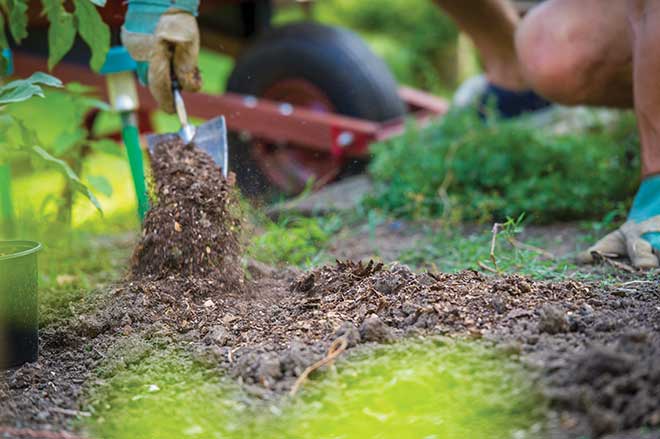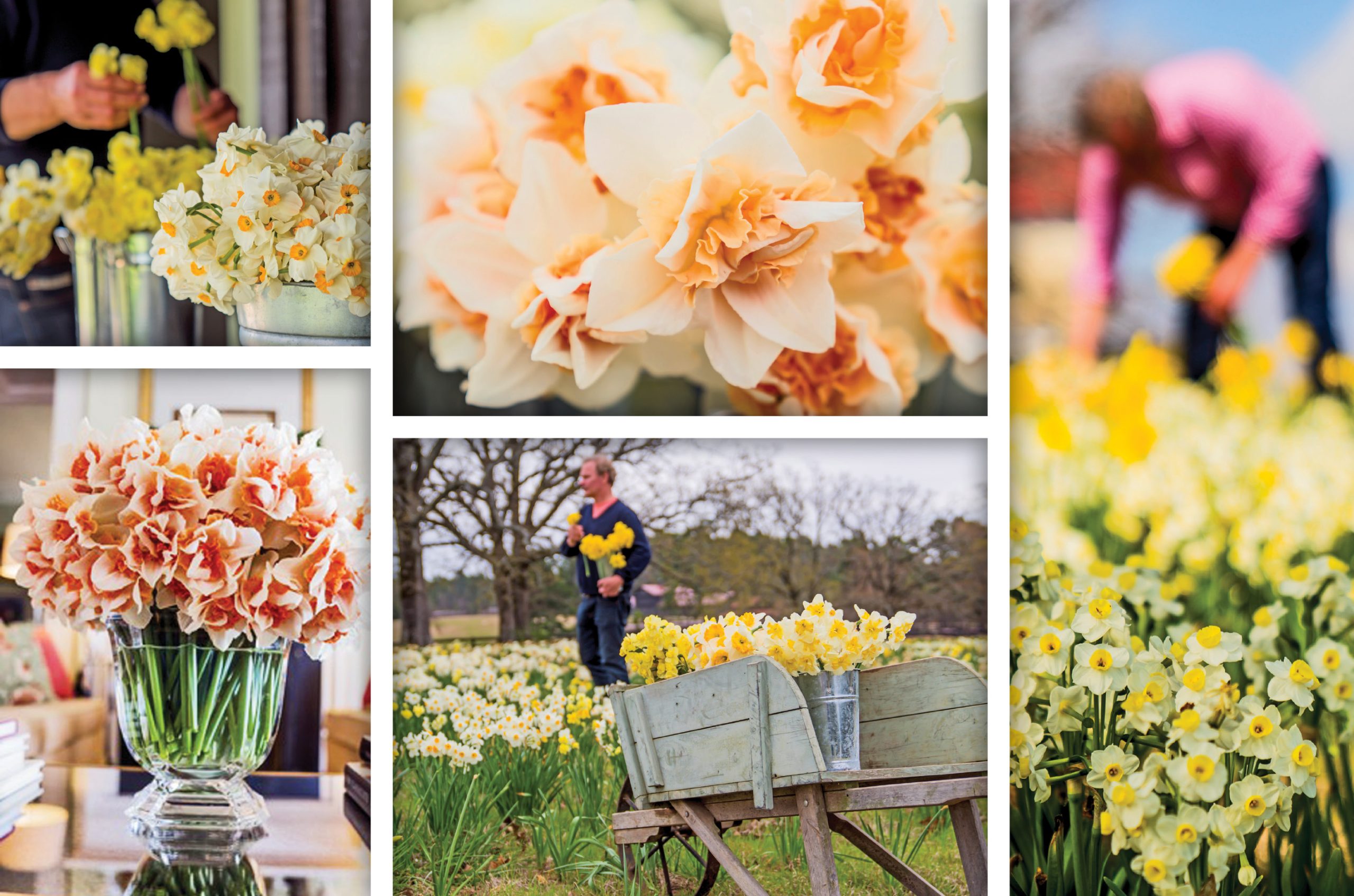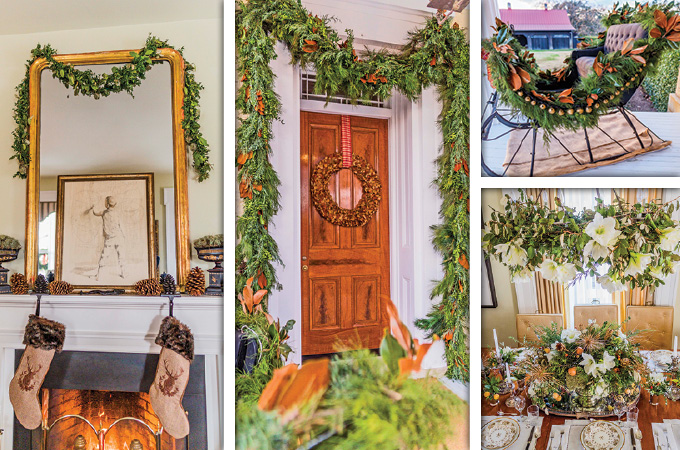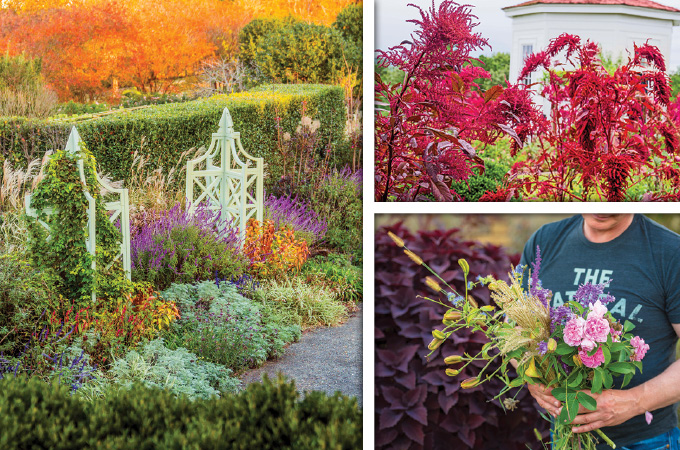It’s hard to believe that the end of daylight saving time is already here. It seems like just yesterday that we were springing forward. Now that it’s dark by the time I get home from work, my time in the garden is limited. Fortunately, there isn’t much on my to-do list other than a few final tasks before winter. They are good ones to follow in your own garden as well.
» If you live in a cold climate that is sure to get bitter winter storms, don’t wait to protect your evergreens. Do it now. Your trees may need to be shielded from more than just wind and snow; use burlap to cover evergreens that will get sprayed with salt from the road.
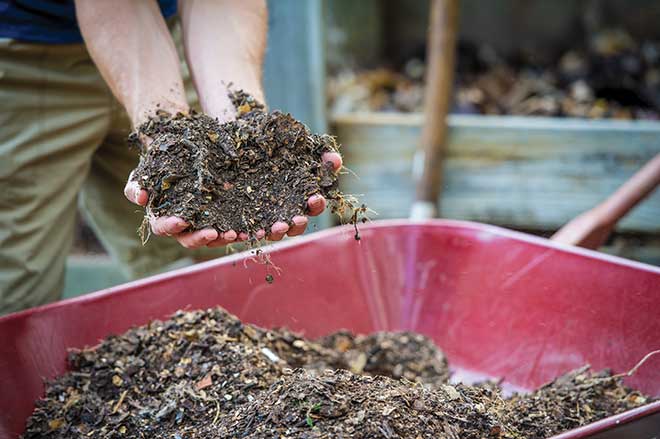 » Wait to apply winter mulch until the ground is frozen. Keep the mulch away from tree trunks and plant crowns to prevent rodents from damaging them.
» Wait to apply winter mulch until the ground is frozen. Keep the mulch away from tree trunks and plant crowns to prevent rodents from damaging them.
» Aerate lawns to improve root development and drainage. This can be done with a garden fork. Simply push the fork into the lawn and wiggle it gently. Repeat the process every 4 inches or so. You also can purchase manual aerating tools or rent a power aerator.
» Unless you live in a really cold climate, fall is a great time to prune evergreen hedges because they are more visible once the rest of the garden goes dormant. Shear them on a slight bevel so the bottom sticks out a little further than the top.
» Cut back asparagus fronds after they turn brown from a hard freeze.
» Fall is a great time for planting trees, but note that some varieties prefer a spring planting. Conifers, Japanese maples, dogwoods, sweetgums, oaks, crabapples, and birches should be planted or transplanted in the spring.
» Detach watering hoses from outdoor spigots. Drain them, roll them up and store in a dry location. If your outdoor water is on a separate system from your indoor pipes, shut it off and then turn the outdoor faucet on until all the water runs out. Place an insulating foam cover over the spigot to keep ice from cracking the metal.
» Cover strawberries with a straw mulch. Wait to mulch your beds until after the first hard freeze, when the soil is frozen to a depth of about a half-inch.
» Remove saucers from under terra cotta containers on surfaces where they won’t leave a stain. This will help keep the pots 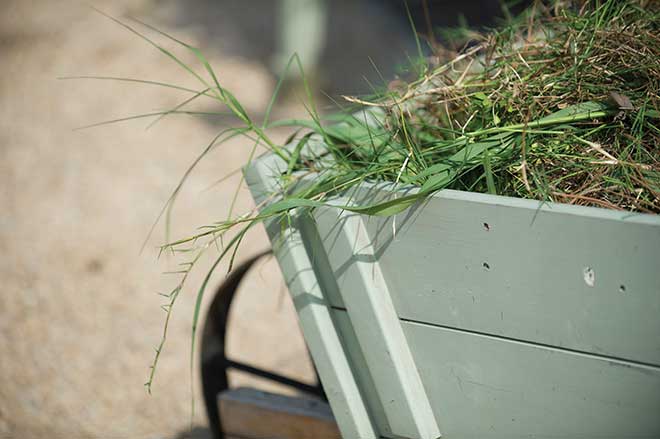 dry. They will be less likely to crack, and the soil will hold less moisture. Soggy soil in winter can lead to root rot. Keep in mind that plants don’t need as much water during this time.
dry. They will be less likely to crack, and the soil will hold less moisture. Soggy soil in winter can lead to root rot. Keep in mind that plants don’t need as much water during this time.
» Plant Oriental and Asiatic lily bulbs in late fall for showy blooms next spring. If the ground is already frozen in your area, pot the bulbs in containers. Store them where they will stay cool and dry and won’t freeze, then plant the bulbs next spring. Lily bulbs never really go dormant, so be gentle when handling them.
» Cut back on water and stop feeding houseplants. As the days become shorter, your plants shift out of active growth cycle, so they take up less moisture and don’t require additional nutrients.
» Make sure your greenhouse heaters are in working order. In our neck of the woods, a simple electrical oscillating space heater will do the trick.
» As long as the ground is not frozen, you can still plant daffodil bulbs.
» Make sure your climbing roses are tied securely to their supports to prevent wind damage this winter.
Photos: Mark Fonville
P. Allen Smith is an author, conservationist, and TV host of Garden Home on PBS and Garden Style (check your local listings). He uses his Arkansas Home, Moss Mountain Farm, to promote the local food movement, organic gardening and the preservation of heritage poultry. For tours of the farm, visit pallensmith.com/tours.





